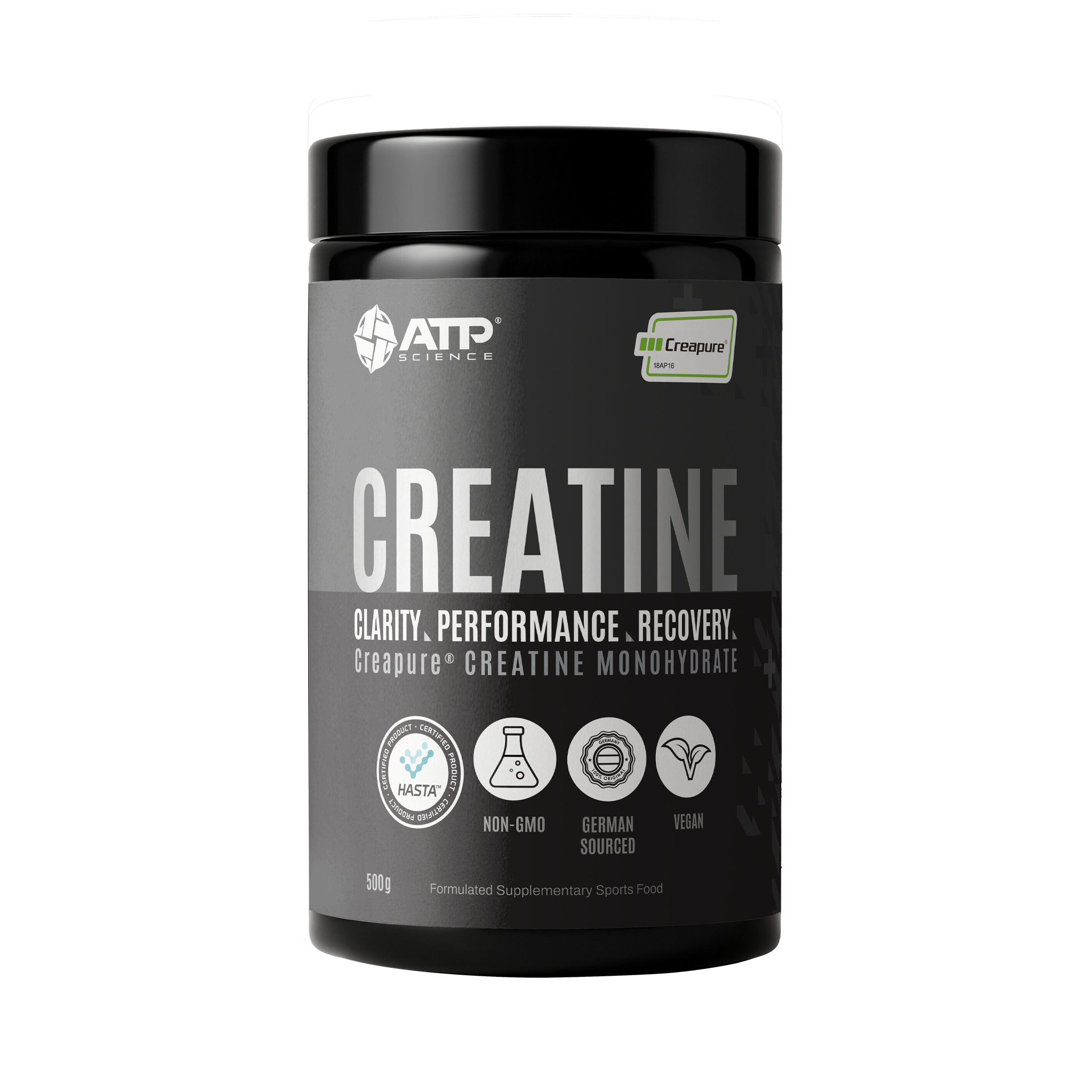Magnesium is a funny one, around 30-40% of it is absorbed from our food sources and that’s if the stomach acid environment is in tip-top function to allow the magnesium to be transported through the mineral ion channels of the gastrointestinal tract through bond breakdowns via stomach acid.
That’s such a small amount!
We hear ya! Hence why even though this is one of the most abundant mineral sources, it is often found to be one realm we humans are deficient in. Herein lies, supplementation forms across the market. One way to improve magnesium absorption in the body is to create a bond between it and something else, that something else being organic compounds and amino acids that allow for it to be transported through different channels and more readily absorbed.These different forms allow for different bioavailability readings that also operate around different intent as well as cost-effectiveness to the user. If you want to top up on your magnesium or are low, you want something that is highly bioavailable right? If you want something that is going to nudge something along, however… you want something that is going to create more of an osmotic effect down below.
When I take Magnesium it gives me the runs, why?!
This comes down to ion ratios, when there are more mineral irons unabsorbed in the intestinal tract than there are in the intestinal cell wall – our body goes, hold up a second, we need some equilibrium here and creates an osmotic effect to try and even up the concentration [7].What does this mean? This means that water trickles from the walls of the intestinal mucosa and into the intestine to try and allow the balance between the ratios of unabsorbed and absorbed magnesium mineral ions. Unfortunately, this can mean that you get a large dump (for lack of a better term) of water into the intestine and alas… the runs, or as we like to call it “the green apple splatters.”
The best forms for topping up
Our top picks below:Magnesium Citrate - Orally the best form to take around meals, an empty stomach, and other supplements is - Magnesium Citrate as it can be taken with meals and absorbs well through digestion [1,2]. It is a larger molecule to bind with the magnesium so if something says 300mg of magnesium citrate, don’t forget that the citrate is taking up molecule weight so what may be 300mg of magnesium may yield 45mg of magnesium. Check the ratios on your labels for the actual magnesium yield.
Magnesium Diglycinate/bisglycinate/glycinate – one of the more expensive forms, but magnesium bound with Glycine has excellent bioavailability and from a glycine, perspective works well concerning GABAergic and glutamic acid ratios [2,6].
Reaching your Absorption threshold
Some forms have poor bioavailability like that of magnesium oxide – Magnesium bound with oxygen has readily poor bioavailability. While it scores highly on the end of how much elemental magnesium sitting around 60% compared with other forms, its actual absorption scores incredibly low sitting around 4%, yikes! [3]. The osmotic effect because of this is higher and you get that lovely laxative stool softening urgency, which is why its one of the fave picks for constipation concerns.I thought Mag Citrate was one of the ones that give you the runs? This is true in part, only because it is one of the most bioavailable forms, so your ability to top up total body levels of magnesium happens faster, thus the saturation effect occurs. Your body can no longer take more in and the ratios shift and only then do you get the osmotic effect [5].
Who knew potty talk could be so fun!?
We are big fans of potty talk here, no two number 2’s are the same and the ‘Why’ behind this always makes for a great chat. So, there you have it, folks, a quick guide to the ins and outs of magnesium forms… that’s a sign out from us while the puns are strong.References:
- http://peoplesrx.com/the-best-kind-of-magnesium-for-you/
- Blancquaert, L., Vervaet, C., & Derave, W. (2019). Predicting and Testing Bioavailability of Magnesium Supplements. Nutrients, 11(7), 1663. https://doi.org/10.3390/nu11071663
- Firoz M, Graber M. Bioavailability of US commercial magnesium preparations. Magnes Res. 2001;14(4):257-262.
- Moomaw, A. S., & Maguire, M. E. (2008). The unique nature of mg2+ channels. Physiology (Bethesda, Md.), 23, 275–285. https://doi.org/10.1152/physiol.00019.2008
- Lindberg JS, Zobitz MM, Poindexter JR, Pak CY. Magnesium bioavailability from magnesium citrate and magnesium oxide. J Am Coll Nutr. 1990;9(1):48-55. doi:10.1080/07315724.1990.10720349
- Manorama Patri (October 23rd 2019). Synaptic Transmission and Amino Acid Neurotransmitters, Neurochemical Basis of Brain Function and Dysfunction, Thomas Heinbockel and Antonei B. Csoka, IntechOpen, DOI: 10.5772/intechopen.82121. Available from: https://www.intechopen.com/books/neurochemical-basis-of-brain-function-and-dysfunction/synaptic-transmission-and-amino-acid-neurotransmitters
- Field M. (2003). Intestinal ion transport and the pathophysiology of diarrhea. The Journal of clinical investigation, 111(7), 931–943. https://doi.org/10.1172/JCI18326


















